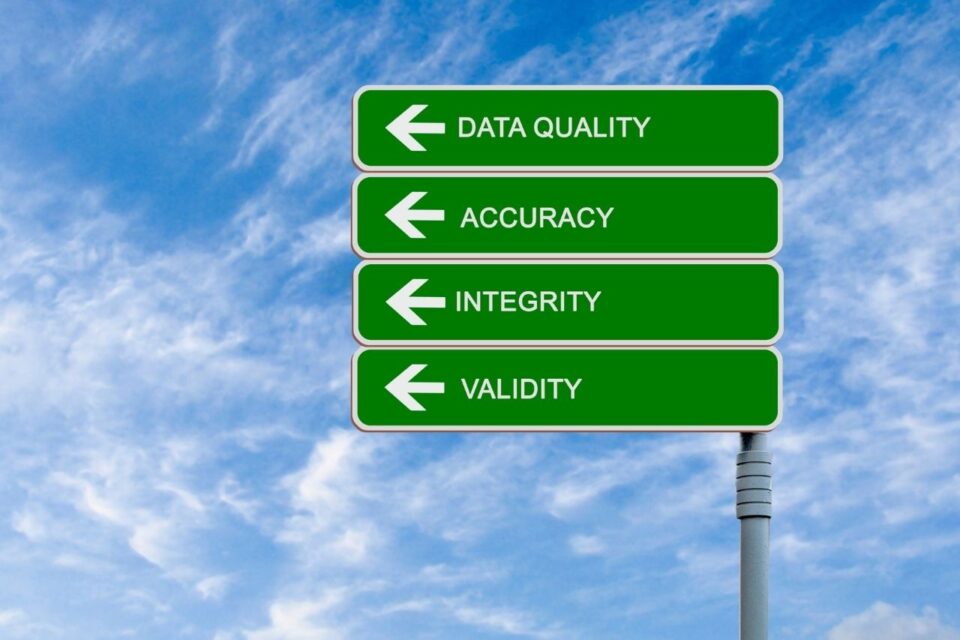
AI Chat Bots May be the Financial Savers Hospitals are Seeking
February 28, 2019
Shocking: 87% of Hospital CFOs are NOT Prepared for Value-Based Reimbursement
March 29, 2019By 2023, the Mid-Revenue Cycle Management market is predicted to expand from $3.1 billion up to $4.5 billion at a CAGR of 7.9%.
Market growth is majorly navigated by the enhanced use of mid-RCM solutions. Use of such solutions tends to impact the following benefits.
- Decrease healthcare costs
- Reduce billing and coding errors
- Resolve issues driven by reduced compensation rates
- Control rising costs of unregulated data, and sustain regulatory compliance.
However, there are certain limitations to the growth of this market. The factors that are restraining the market’s growth up to a certain extent are:
- Lack of experienced IT professionals
- IT infrastructure limitations in developing countries
- Risks linked to healthcare IT systems related to data privacy.
The solutions were reported to contribute to the greater market share in 2017. This large share is because of the benefits offered by mid-revenue cycle solutions. Integration of mid-revenue cycle solutions with encoder systems, electronic health records, speech recognition software, transcription systems, CDI, and other healthcare data management solutions, gives it an edge over other solutions.
Additionally, these solutions also eradicate repetitive administrative work of recording selected codes. They also tend to reduce ability (or what it takes) for data documentation, coding errors, charge capture, and recuperate the whole mid-revenue cycle process.
According to researchers, healthcare providers are also utilizing mid-revenue cycle solutions for plenty of reasons. Following benefits are said to be responsible for the increasing demand for such solutions.
- Mid-Revenue Cycle solutions improve data accuracy in clinical documentation.
- These solutions skyrocket hospital revenues by minimizing coding errors.
- It also shortens the claims reimbursement cycle.
Who will be the Key market players?
From 2018 to 2023, major market contenders will be:
- 3M Company
- Optum
- Nuance
- M*Modal
- nThrive and many others
In 2017, researchers pointed out that Optum was amongst the largest solutions providers in the clinical documentation improvement market as well as Mid-Revenue cycle management market.
Many vendors have also attempted to merge in a new alliance. For instance, Nuance and Epic Systems formed a partnership in 2018 which combined Epic EHR systems with AI-powered virtual assistant platform.
Why documentation is important for Quality-based payments?
Initially, the revenue cycle was separated between its two components, front-end (deals mostly with patients) and back-end (deals mostly with claims and billing). However, the emergence of value-based healthcare models diverted the physician’s focus on what can be possibly done after the patient’s access and before the billing part.
Meanwhile, physicians found that a lot can be done between front-end and back-end processes. For instance, improvement in documentation and coding became the utmost preference for providers.
Also, it is much to consider clinical documentation as a financial function. When it’s value-based payment, quality is accessed through the patient’s charts. If data isn’t accurate, the value-based payment will be affected. This is why financial leaders must consider this relationship between quality and finance.
Conclusion
According to experts, it’s important to think strategically rather than practically. Make sure you bring accuracy in the mid-revenue cycle. The key to impacting the bottom line is to put emphasis on coding, clinical documentation, and interaction between physicians.
Do you want to increase your bottom line? Learn how our software is saving other organizations $$MILLIONS!
If you are interested in a free demo of our AllPayor® Software, please go HERE or you can register for a FREE webinar HERE





